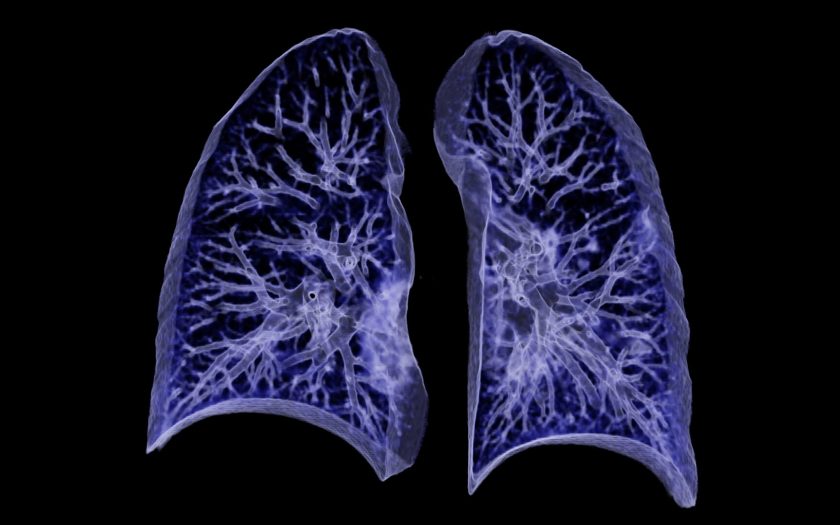Pneumonia is an inflammatory disease of the lungs. As a rule, it caused by viruses (for example, influenza virus or COVID-19) or bacteria (including species of conditionally pathogenic microflora of the upper respiratory tract). These microorganisms enter the lungs when a person has reduced immunity. Let us consider the symptoms characteristic of pneumonia.
Your condition first improved and then worsened.
Pneumonia often develops as a complication of upper respiratory tract disease. For example, you get the flu or other SARS. While the body is fighting the infection, viruses or bacteria that live in the nasopharynx enter the lungs. A few days later, you overcame the original disease: its symptoms fever, runny nose, cough, headache decrease, and you feel better.
After a while, the tired immune system finally notices inflammation. You feel much worse and have unpleasant symptoms again.
High temperature.
A fever with pneumonia is much worse than with a common cold. With SARS, the temperature rises to about 100,4°F, with flu up to 100,4 –102,2°F. With pneumonia, the body temperature can rise to 104 F and even higher.
You sweat a lot.
If you do not move much, you have a high temperature, and you sweat a lot, pay attention to this symptom. But, most often, this is a “protective” symptom – sweat evaporates and helps to reduce the very high temperature.
You have completely lost your appetite.
Appetite depends on the severity of the disease. With a mild cold, the digestive system continues to work as usual and the person is hungry. However, if we are talking about more severe cases, all the forces of the body are spent on fighting infection. Body temporarily “turns off” the gastrointestinal tract so as not to waste energy on the digestive process.
You often cough.
A pneumonia cough can be dry or wet. It talks about irritation of the respiratory tract and lungs.
When coughing, sputum appears.
In pneumonia, the alveoli are filled with fluid or pus. By coughing, the body tries to get rid of this sputum. If this works, you may notice yellowish, greenish or bloody mucus on the handkerchief.
You notice chest pain.
This pain means that a condition such as pulmonary edema has developed. Having increased in size due to edema, the affected organ begins to press on the nerve endings around it.
Shortness of breath.
Shortness of breath is a sign that your body is not getting enough oxygen. If you are breathing quickens even when you just get out of bed to go to the bathroom or pour yourself some tea, this could be a sign of serious lung problems.
Rapid heart rate.
Normally, the pulse in adults is 60–100 per minute. However, everyone has their own norm, and it would be worth knowing it at least approximately.
For example, if before your resting heart rate did not exceed 80 per minute, and now you notice that it has become more than 100, this is a very dangerous signal. This means that for some reason the heart is more active in pumping blood throughout the body. Lack of oxygen in pneumonia is one of the factors that can provoke this.
You feel tired.
The reason may be that the organs and tissues do not have enough oxygen. Therefore, the body tries to limit your activity and sends signals to the brain about the lack of strength.
Lips and nails became bluish
This is another obvious sign of a lack of oxygen in the blood.
If you notice more than half of these symptoms, see your doctor or pulmonologist as soon as possible.

